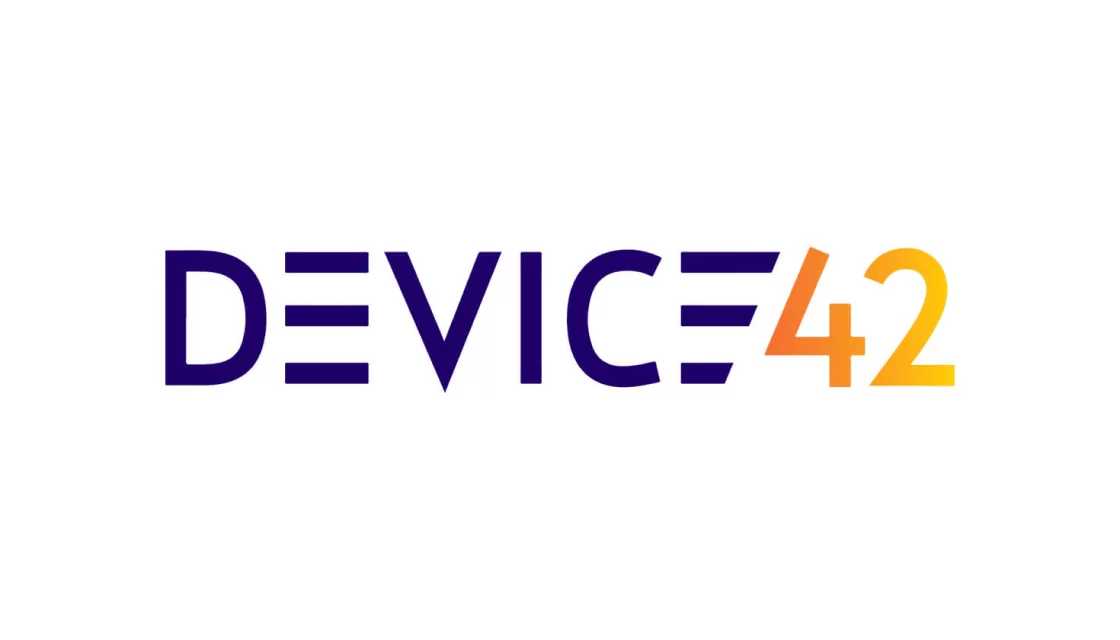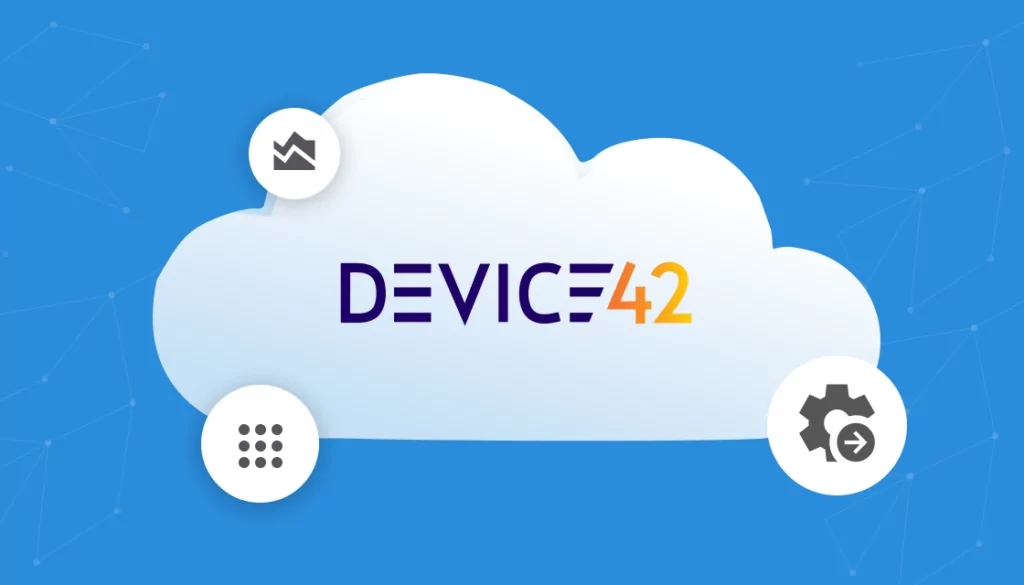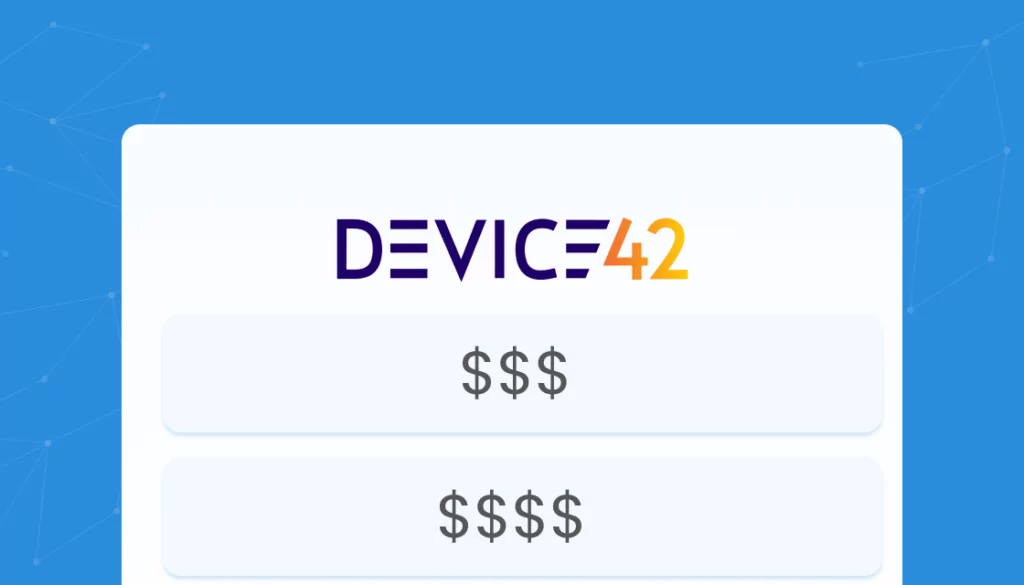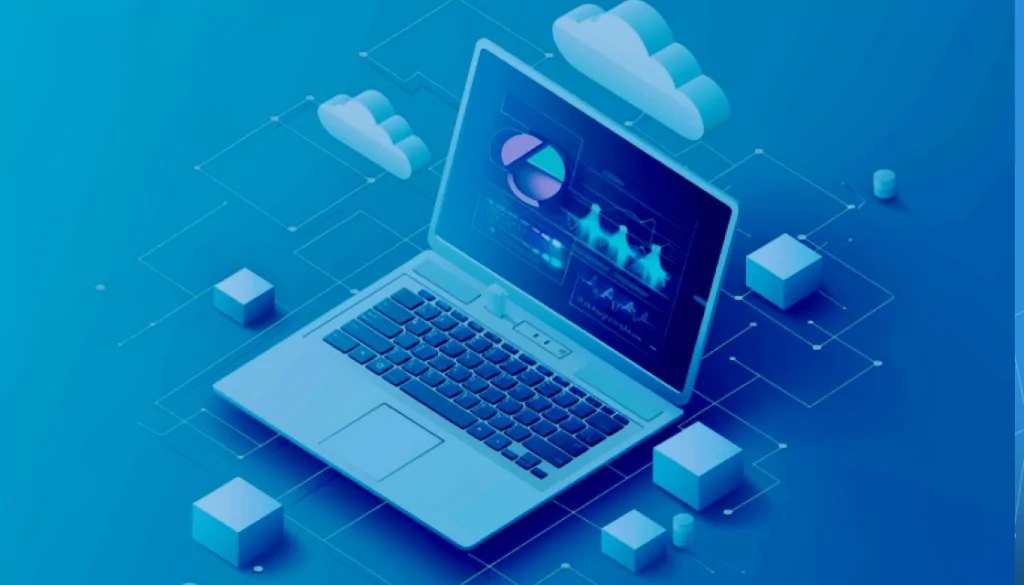What Is Device42?
Device42 is a data center and network management solution. It provides IT administrators with automated network discovery, inventory, and dependency mapping capabilities, ensuring all IT assets are accounted for and network interdependencies are clearly understood.
The software provides features like IP address management, device discovery, application dependency mapping, and power and environmental monitoring. Device42 supports businesses in maintaining an up-to-date inventory of their IT hardware and software, improving IT operational efficiency and minimizing downtime.
Table of Contents
ToggleLimitations of Device42
While Device42 is a respected IT solution, it also has its limitations, causing some organizations to seek alternatives. The following limitations were reported by users on the G2 platform.
Steep Learning Curve
Device42 presents a steep learning curve, especially for users without prior experience or specialized training. The interface and navigation are described as not particularly user-friendly, and the overall experience may initially feel overwhelming due to the complexity of features offered. New users need to allocate more time upfront to fully understand and utilize the various functionalities effectively.
System Performance
Users of Device42 may experience occasional slowdowns in system performance. This can impede work, especially during peak operational hours.
Limited Customization and Extensibility
The customization options within Device42 are restricted. Users cannot directly add custom Management Information Bases (MIBs), which are crucial for managing network devices. This reduces the tool’s ability to adapt to specific needs.
Plugin and Integration Issues
Device42’s architecture includes a basic set of functionalities, with several essential plugins not included in the base package. This setup often misleads users about the availability of core features, which are only accessible through separate add-ons. This complicates the user experience and can lead to additional costs.
Notable Device42 Competitors and Alternatives
1. Faddom

Faddom is agentless software that visualizes your complex on-premises and modern cloud infrastructure. It documents your environment in real time and creates your first maps in as little as 60 minutes. It is used by organizations like UCLA, Coca Cola, and Accenture for discovery, change management, migrations, cost optimization, and cybersecurity.
Key features:
- Faddom is agentless and doesn’t require credentials
- It is cheap, starting at $10K/year
- Map the entire environment in real-time, updating 24/7
- Quick: One person can map the entire organization in an hour
2. Asset Sonar
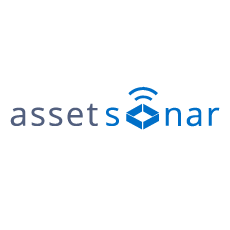
Asset Sonar is an IT asset management platform that simplifies the complexities of managing hardware, software, and IT systems across various locations. It is intended to reduce the administrative load associated with tracking, organizing, and monitoring IT assets. Asset Sonar emphasizes strict user management, services, maintenance, and the ability to generate custom reports.
Features of Asset Sonar include:
- IT asset management: Automatically detect, tag, and track all hardware and software assets, significantly reducing overhead costs.
- Inventory management: Maintain a detailed inventory of IT assets and manage stock levels across different departments and locations.
- User management: Control user permissions and manage real-time data on asset custodianship and utilization.
- Services and Warranties: Manage IT service workflows and warranty lifecycles efficiently with integrated service management tools.
- Reports and notifications: Generate custom reports and configure alerts to keep relevant stakeholders informed of critical updates.
- Customization: Offers extensive customization options, allowing users to track diverse data points through multi-format custom fields.
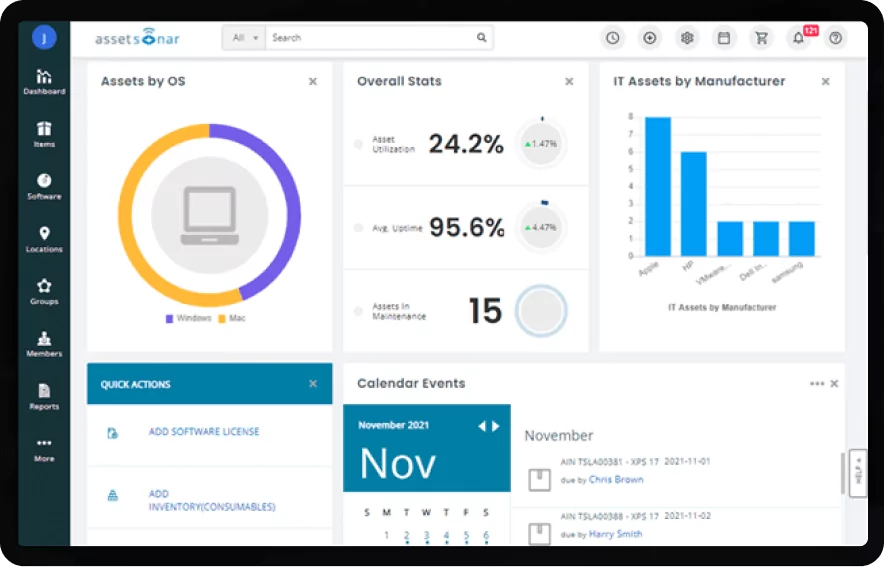
Source: Ezo
3. IBM Maximo Application Suite
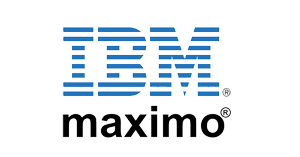
IBM Maximo Application Suite is a powerful enterprise asset management (EAM) platform that combines computerized maintenance management system (CMMS) capabilities with asset management features. From procurement to decommissioning, IBM Maximo enables asset investment planning and execution. It offers industry-specific solutions, extensions, and data models tailored to meet the unique needs of different organizations and use cases.
Features of IBM Maximo Application Suite include:
- Comprehensive EAM and CMMS Integration: Manage the entire asset lifecycle, from acquisition to disposal, with tools designed for comprehensive asset management.
- Optimized scheduling and resource allocation: Utilize advanced scheduling features to optimize the use of resources and improve asset performance.
- Configurable dashboards: Customize dashboards to filter essential asset information, automate approvals, and simplify repetitive tasks.
- Advanced maintenance strategies: Implement preventive, predictive, and prescriptive maintenance strategies to increase asset uptime and efficiency.
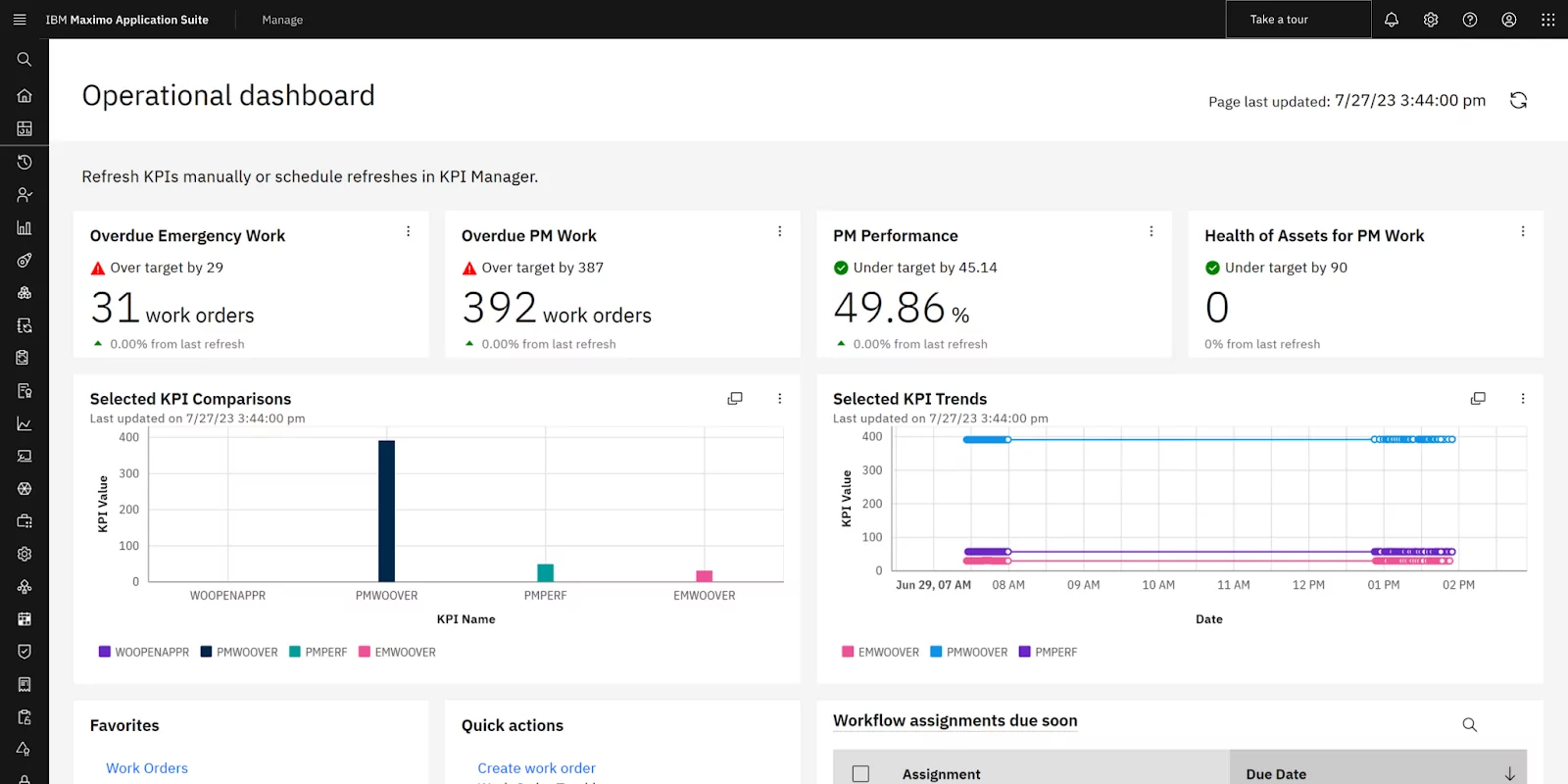
Source: IBM
4. ServiceNow Asset Management

ServiceNow Asset Management is a software solution for managing IT infrastructure, operations, and field services. It provides core asset management capabilities, enabling organizations to oversee the entire asset lifecycle, from procurement to disposal. ServiceNow helps standardize asset data across the organization, improving IT service management and decision-making.
Features of ServiceNow Asset Management include:
- Mobile asset lifecycle management and receiving: Use the Mobile Agent app to receive multiple assets against a purchase order efficiently in a single process.
- Asset procurement: Generate and manage purchase orders to document financial details during the procurement phase.
- My locker: Access a mobile interface to request assets, view assigned assets, and report incidents on-the-go.
- Contract management: Streamline the assignment of IT asset contracts and automate approval and renewal processes to enhance operational efficiency.
- Reports and dashboards: Gain real-time operational insights with configurable, role-based dashboards that help monitor asset performance and management activities.
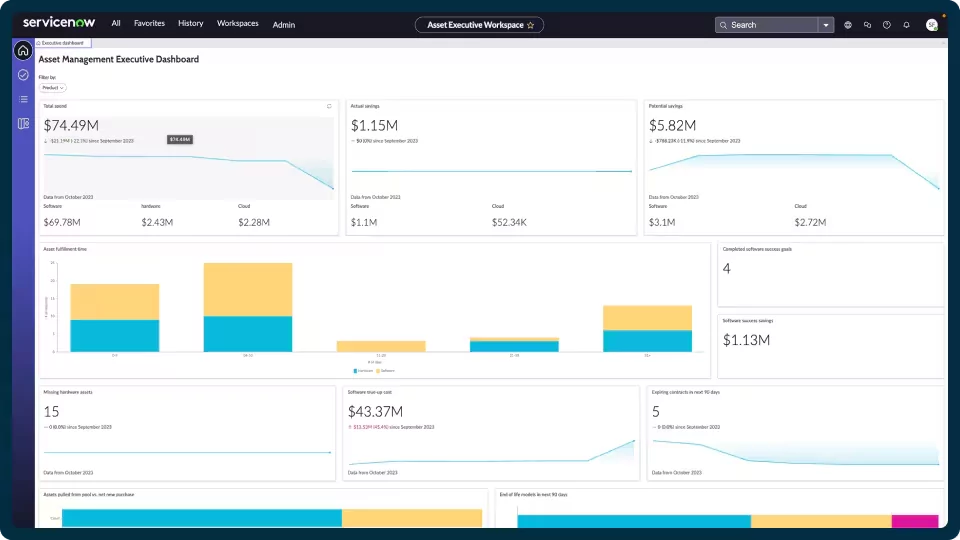
Source: ServiceNow
5. Asset Panda
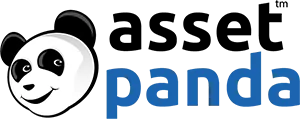
Asset Panda is a cloud-based asset management and tracking platform designed to streamline the process of asset tracking across various industries, including IT, construction, education, and retail. This flexible tool adapts to unique business needs without requiring changes to existing workflows, providing a user-friendly interface that supports both web and mobile access. Asset Panda helps keep equipment in order and readily accessible, reducing losses due to damage or theft.
Features of Asset Panda include:
- Asset tracking: Manage everything from computers to contracts with a system that updates and displays full action histories, warranty information, user manuals, and photos.
- Flexibility and customization: Customize the platform to fit specific items and use cases, ensuring it integrates seamlessly into the way your business already operates.
- Integration capabilities: Create a unified source of truth for all asset data by integrating Asset Panda into your existing tech stack, allowing for data synchronization and workflow optimization across applications.
- Enhanced accessibility: Accessible via both web and mobile platforms, ensuring that asset information is available on-the-go for all team members.

Source: Asset Panda
6. Alloy Software

Alloy Software is an Asset Management (ITAM) platform designed to optimize and automate the lifecycle of IT assets. It provides control and visibility over assets, facilitating efficient management throughout their lifecycle. Alloy ITAM manages both hardware and software inventories, ensuring that all assets are utilized optimally and contributing positively to the organization’s operational goals.
Features of Alloy Software include:
- IT asset management: Manage every aspect of IT assets, from procurement to retirement, ensuring maximum efficiency and value from each asset.
- Automated asset discovery and tracking: Perform on-demand and scheduled network scans to detect and inventory all networked devices and installed software, centralizing this data for better control and management.
- CMDB integration: Utilize an easy-to-use Configuration Management Database (CMDB) to store detailed information about IT environments and their components, supporting enhanced IT service management.
- Visualization of service-asset relationships: Graphically display the relationships between physical and virtual components of IT services, facilitating better understanding and management of IT infrastructure.
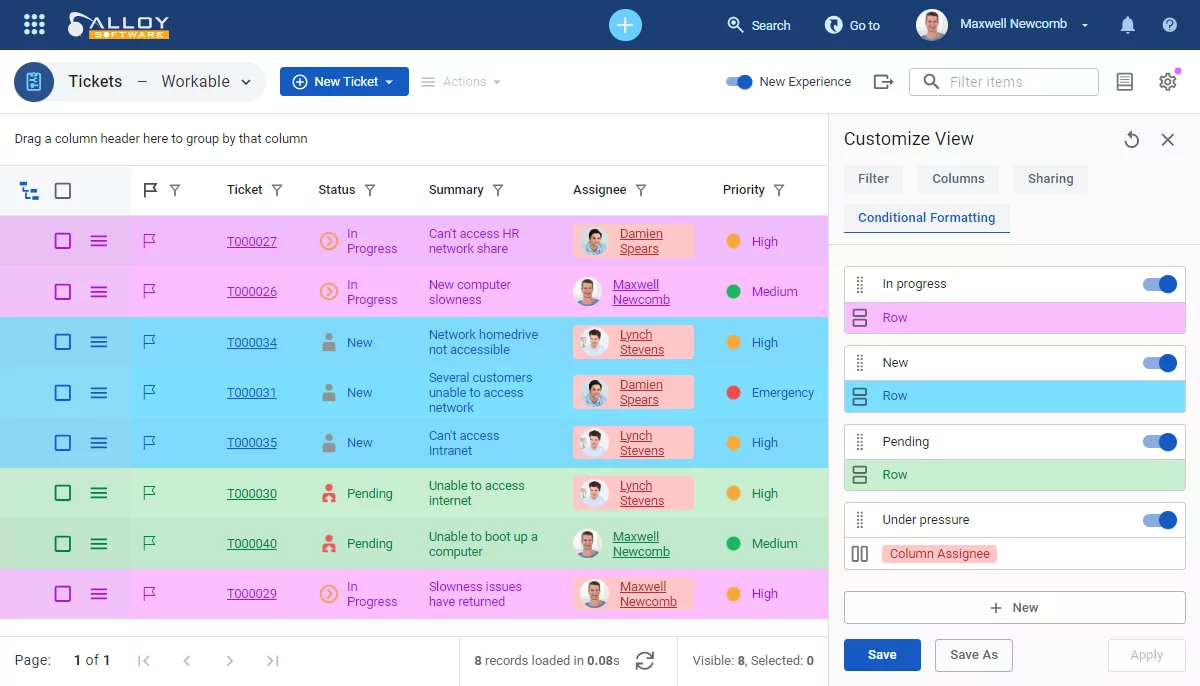
Source: Alloy Software
7. Setyl
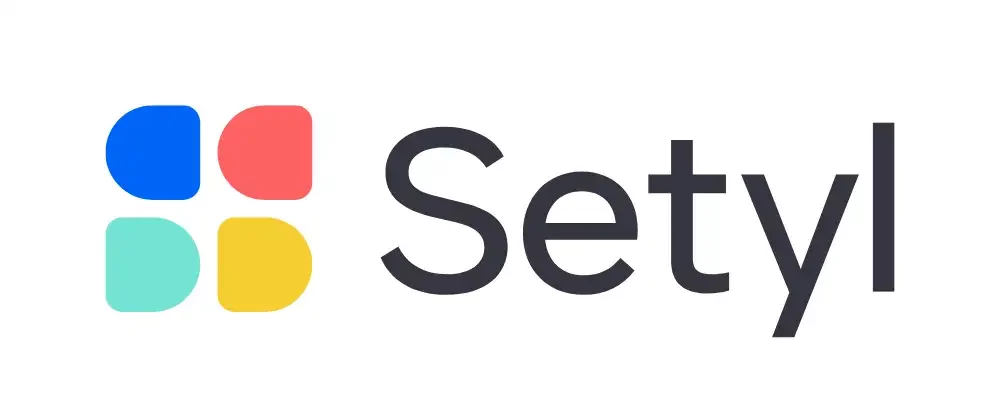
Setyl is an IT asset management (ITAM) platform that tracks and manages IT assets, software licenses, and user assignments. It integrates with existing IT stacks, offering full visibility and control over IT resources. Setyl’s user-friendly interface ensures ease of use across different organizational levels, requiring minimal training and facilitating broader collaboration.
Features of Setyl include:
- Centralized IT asset and license management: Manage all IT assets, licenses, and user assignments from a single platform, providing a unified view of IT inventory.
- Automated workflows and integration: Streamline IT management processes with automated workflows that reduce manual tasks and integrate with existing IT systems for enhanced operational efficiency.
- Compliance and regulation adherence: Support compliance with major regulatory standards like ISO 27001 and SOC 2 through dedicated compliance features.
- Cost management and reduction: Identify and eliminate wasteful IT spending by tracking license payments, renewals, and usage, and managing IT equipment throughout its lifecycle.
- Shadow IT detection: Detect and manage shadow IT and overlapping software to ensure all IT resources are properly accounted for and utilized efficiently.
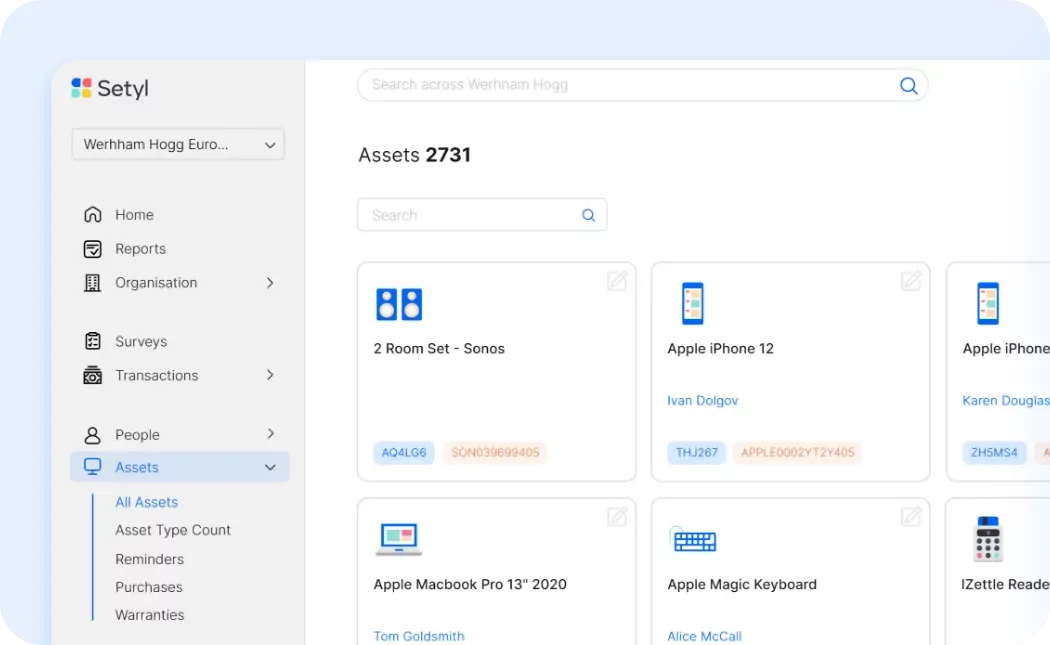
Source: Setyl
8. Ivanti Neurons for ITAM (Cherwell Asset Management)

Ivanti Neurons for ITAM (formerly Cherwell Asset Management) is an enterprise IT asset management tool focused on software and hardware asset management. It can significantly reduce costs associated with software licensing, IT overhead, and mitigates the risks of software audits. By integrating with Ivanti ITSM, Cherwell Asset Management consolidates hardware and software license, usage, and inventory data, enabling efficient tracking and management of IT investments.
Features of Cherwell Asset Management include:
- Hardware and software inventory management: Automatically discover and report on software and hardware installed across the network.
- License compliance management: Proactively monitor and manage license inventory and usage to ensure compliance and correct any deficits before they result in audit penalties.
- Software usage analysis: Optimize software spend by reclaiming 15-20% of the annual software budget through strategic license re-allocation and the termination of unnecessary maintenance fees and support costs.
- ITAM purchasing system: Streamline IT procurement processes by consolidating licensing information and reconciling purchasing data with inventoried assets to ensure accuracy and cost-efficiency.
- Audit risk reduction: Lower the risk and impact of software audits by maintaining accurate and up-to-date records of software licenses and usage.
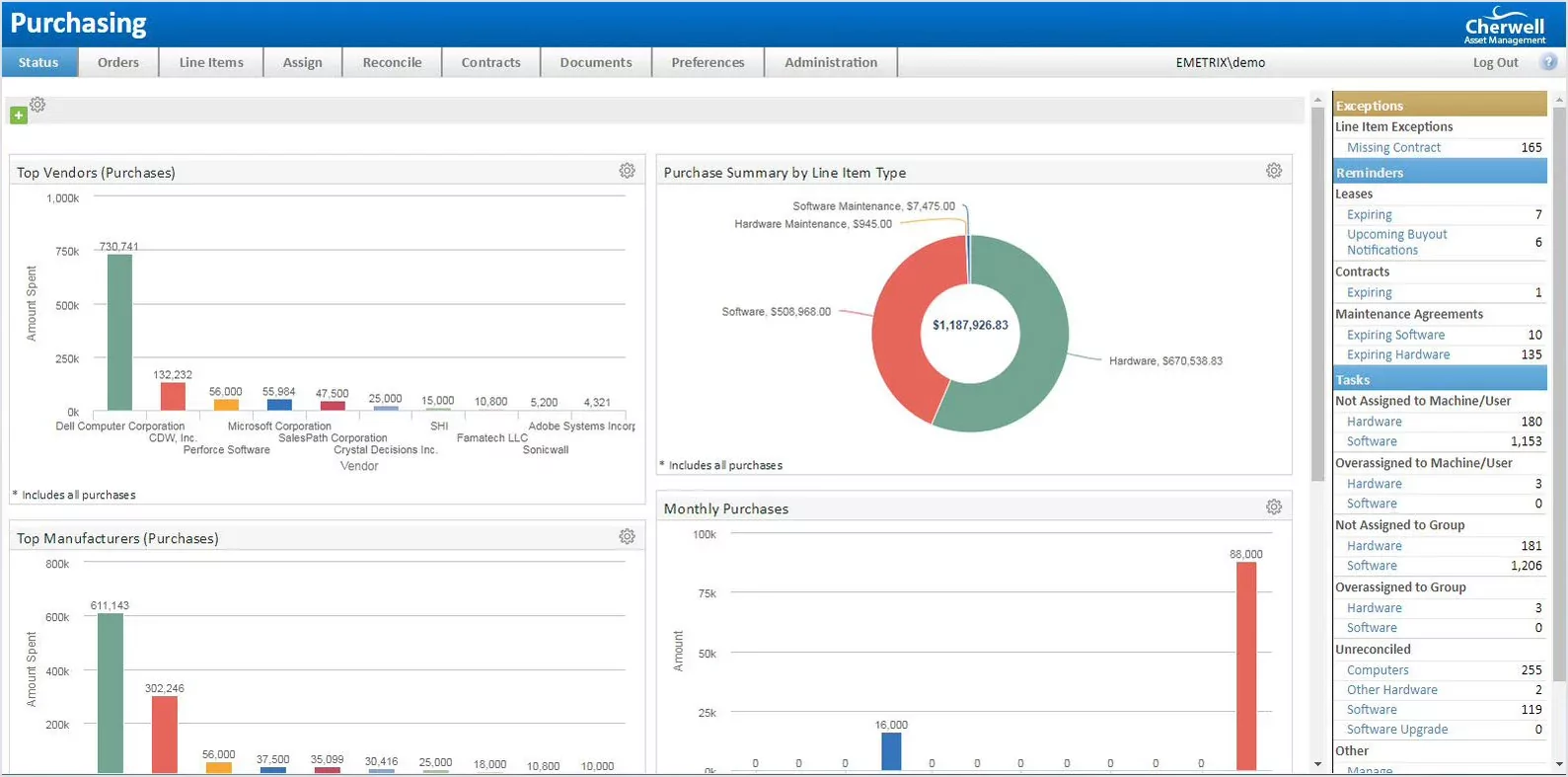
Source: Ivanti
Conclusion
In the competitive landscape of IT asset management, various platforms offer distinct features and functionalities tailored to different organizational needs. These tools not only help in tracking and managing assets but also enhance operational efficiency through integration capabilities, compliance management, and cost control measures.
As businesses continue to evolve, IT asset management systems become crucial, influencing the effectiveness of IT operations, IT costs, and overall organizational productivity. Choosing the right tool depends on specific business requirements, including the scale of operations, the complexity of IT environments, and strategic goals related to asset management and optimization.
Learn more about Faddom for IT asset documentation and discovery
